How I got into commercial food photography is a long story.
When I first decided I wanted to be a photographer, I was a food blogger—and not a very successful one at that. It became clear to me pretty quickly after starting my first blog in 2009 that I wanted to become a professional food photographer. It seemed like an impossible dream at the time.
Today I can look back and see that I was never meant to be a food blogger, although I’m grateful for the opportunities it gave me. I got to attend great events and met wonderful people, just as the blogosphere really started taking off. I taught myself to cook through food blogging. And in a roundabout way, it helped me realize my dream of becoming a photographer.
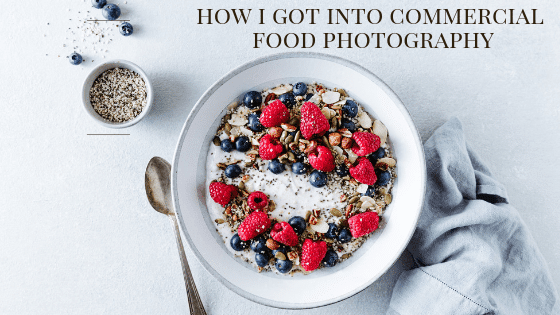
I often get asked how I got started in commercial photography. The truth is, I did a lot of things. I had no clue what I was doing, but I figured if I threw enough mud at the wall, that some of it would stick.
Here are some of the things that worked for me.
I Learned Artificial Lighting
I’m mystified when I hear photography teachers say you can be a food photographer that shoots natural light only. If you’re an editorial food photographer living in the Southern Hemisphere, I can see how that might be possible. However, I’m not sure how much opportunity there would be if your skills were so limited. It seems like the whole world has gone crazy for food photography, but it’s still very niche. A lot of us food photographers also shoot in other genres to make a decent living.
When you work with commercial clients, you need to be produce lighting conditions as set forth by the creative brief and needs of the project. You often need consistency from frame to frame. This is not always possible with natural light. Also, when you’re a food photographer, you end up shooting a lot of product and product packaging. For this, you need artificial lights, and good compositing skills in Photoshop.
I went to photography school to learn how to use artificial light because I’m not a very technical person and I knew that I’d need support in this area. Interestingly enough, I’m often asked by ad agencies if I’m formally trained. An agency’s biggest nightmare is to hire a photographer for a gig worth tens of thousands of dollars to find that they couldn’t pull it off.
If you choose not to learn artificial lighting, then know that you’ll be limiting your opportunities. You’d be better off pursuing blogging or influencer type of work if you want to make money through your photography.
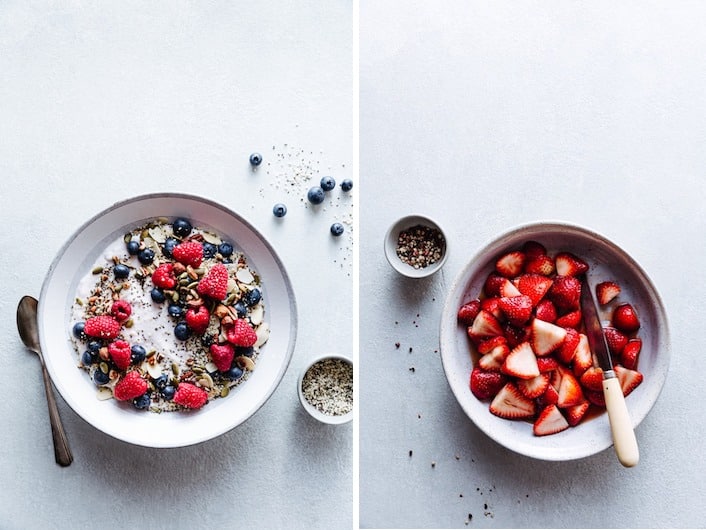
I Hired A Photography Coach
The one thing that I did know when I was starting out was that marketing yourself as a commercial food photographer is very different from marketing yourself as a blogger or influencer. I just wasn’t sure what I needed to do. I hired my first business coach before I launched my photography business. Doing so helped me immensely. I had no idea of how much to charge, how to get clients, or to present myself as a professional. Even today, I continue to work with coaches, and so do most of the successful freelancers and entrepreneurs I know.
Coaching can be expensive, and you may not be in the position to spend thousands on working with a mentor right out of the gate. But investing in even one or two consults with a coach can really clarify things for you and give you the kind of information you can’t find online or through your current network.
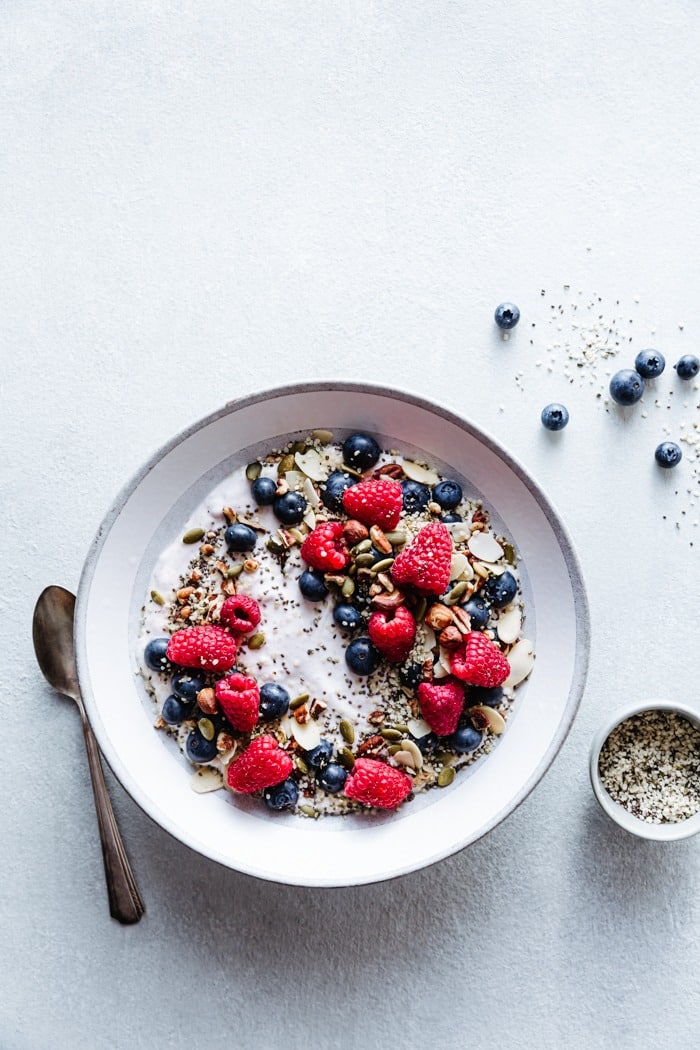
I Wrote A Business Plan
This is a step that a lot of creatives skip when starting out as freelancers, but I spent a lot of time on writing a business plan and found it incredibly helpful. In fact, my business plan is something I regularly refer to and tweak as my business grows. You need a roadmap to get to your destination, and sometimes you need to turn right where you meant to turn left. The more information you have, the better decisions you can make. You should make projections for how much money you’ll need. You’ll have to figure out who your competition is and what sets you apart. You need goals and a plan for meeting those goals, with timelines in place. Your business plan doesn’t have to be very detailed and complex, but at the very least, you should set some measurable goals and have plan as to how you’ll achieve them in a reasonable time frame.
I Marketed To My Ideal Clients
When you Google “Vancouver Food Photographer”, my website is usually the first to come up. This is #goals for any photographer. Statistics show that up to 80% of organic traffic goes to the first three search results in Google. Great SEO is important, but it won’t necessarily bring you clients that are the right fit. Most of the enquiries I get through my website don’t actually lead anywhere. Many of these potential clients have never worked with photographer and don’t know what photo shoots entail. They don’t understand how much time and expense is involved in producing a food shoot and are just looking for the cheapest photographer. They want numbers, but haven’t given enough thought to what they even want the end result to be.
This means that I can’t rely on my website and need to market to the clients and agencies that I’ve researched and want to work with. I got my first big break in commercial photography because I worked to get a meeting with the Creative Director at an agency that specialized in food advertising. Although nothing came out of it right away, six months later I got asked to submit an estimate and subsequently got a job to shoot the images for product packages that now appear in nearly every grocery store in the country.
I Created Promo Pieces
Marketing to your ideal clients means that you have to create some promotional pieces to send to them. This can be a PDF mailer of your recent work, a beautiful designed magazine or brochure, or even a postcard. Most photographers opt for a combination of email and printed promotions and include this in their marketing budget. It takes an average of seven contacts with you in one form or another to get someone to take notice. It can happen faster than that, but seven times in the average. We live in a world saturated with information, and people are busy and overwhelmed.
To read more about promotional pieces, take a look at this article I wrote for Digital Photography School.
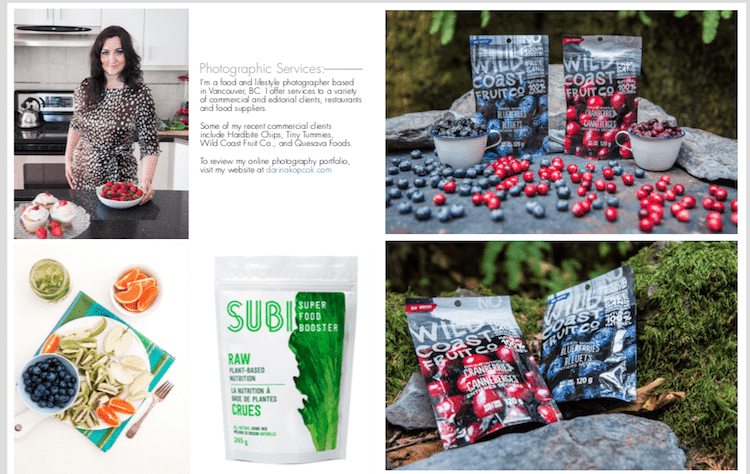
I Created A Print Portfolio
Another marketing tool you’ll need sooner or later is a printed portfolio. You may think that print has gone the way of the dodo bird, but potential clients still love to see something tangible. In the commercial and advertising world, agencies want to see how your work holds up in print because any flaws in your work become much more obvious.
Plus, a lot of their campaigns will be printed in some form. It’s important for them to see how your work translates into print before they hire you.
Several sites like Artifact Uprising and Saal Digital offer good quality photo books printed at a reasonable price.
You can also opt to purchase a portfolio with clear pages that function as pockets. This will allow you to switch out your work as you update it.
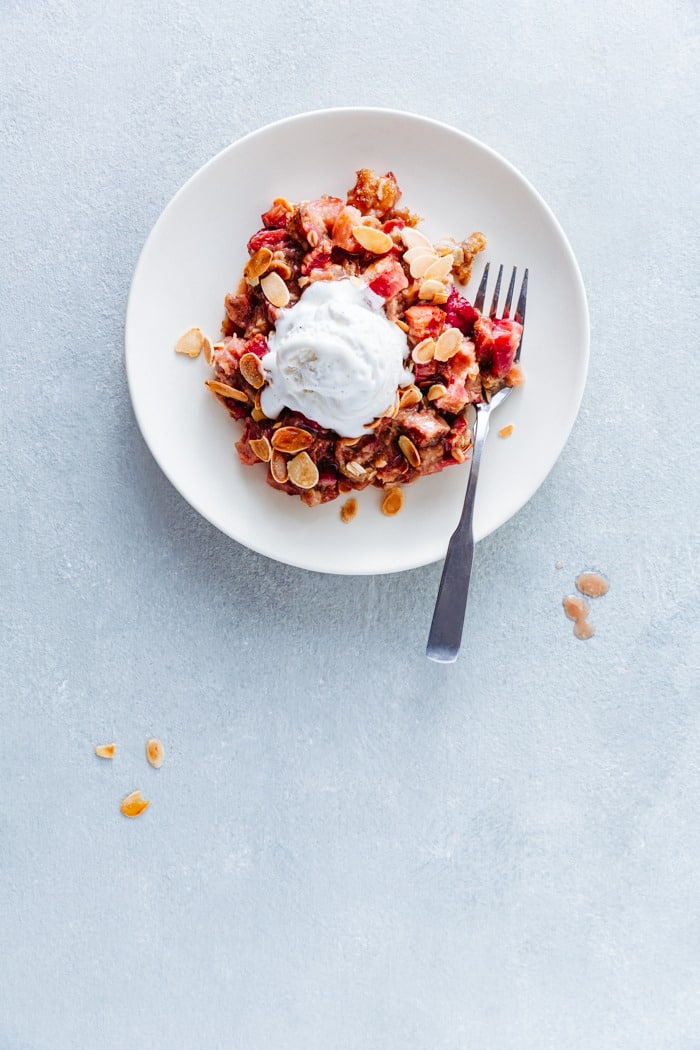
I Spent A Lot of Money
It may seem like I’m being facetious here, but I’m actually serious. I spent a lot of money on all of these things and I still do. I invest a lot of money in my business. If you want to be a commercial photographer, you’ll have to as well. It’s a very expensive business to run. If you balk at that, then it’s better to keep it as a hobby. Though that will be expensive, too.
You need thousands of dollars for gear. Not only that, you need two of everything, in case the equipment you’re working with dies on set. I’ve assisted photographers who have had their cameras or lights fail during important shoots. Luckily, they were always prepared with backups.
You can rent equipment, but the clients you will work with will have to have room in the budget for that, which is not likely in the beginning, as you’ll be working with smaller budgets.
You’ll have to pay for your marketing materials, and for apps that will help you run your business in a professional manner. You’ll have to pay for equipment and liability insurance, which can be very expensive. Yet not having it can end up becoming even more so.
In my work with emerging photographers, I see a lot of hesitancy to invest in growing their businesses. Or working with a coach, even though doing so can help them make more money, and save them a lot of wasted time trying to figure out what they need to do. Instead they grind away, spending countless hours DIY’ing everything to save money, when a bit of information can have them out there, shooting and bringing in the dollar bills.
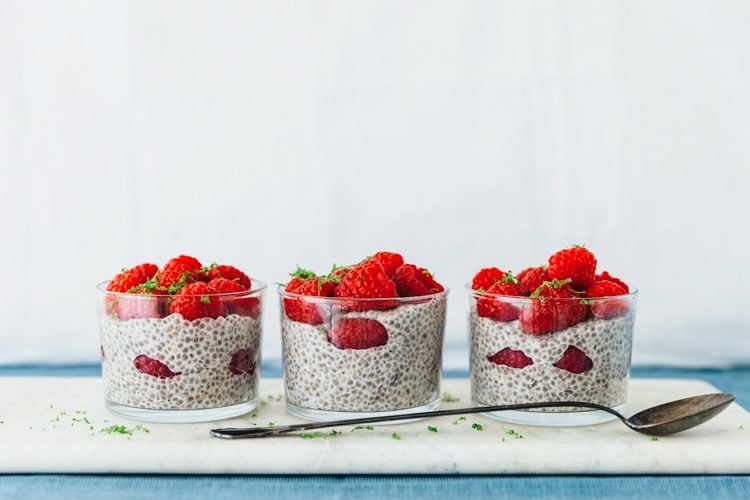
To Sum Up
The path to becoming a freelance photographer is similar to that of any entrepreneur. It takes a lot of hard work, ups-and-downs, and boundless tenacity. It can take years for your business to even show a profit. If you want to make a career out of photography, you’ll have to work your ass off and be prepared to spend a lot of money. You’ll need to have another source of income to support you along the way, be it a day job, a cushy savings account, or a wealthy spouse.
I’m not telling this to deflate you. I’m telling you this because I learned the hard way, and I want you to understand the reality of what is required. It’s not an easy road.
That being said, I believe in going for your dreams. We all have a limited time on this earth, and so many of never reach for what we want because we don’t think it’s possible to have it. It is possible, but you have to work for it. And you can’t give up. Most people do that when they’re actually very close to making it. They just can’t see it.






